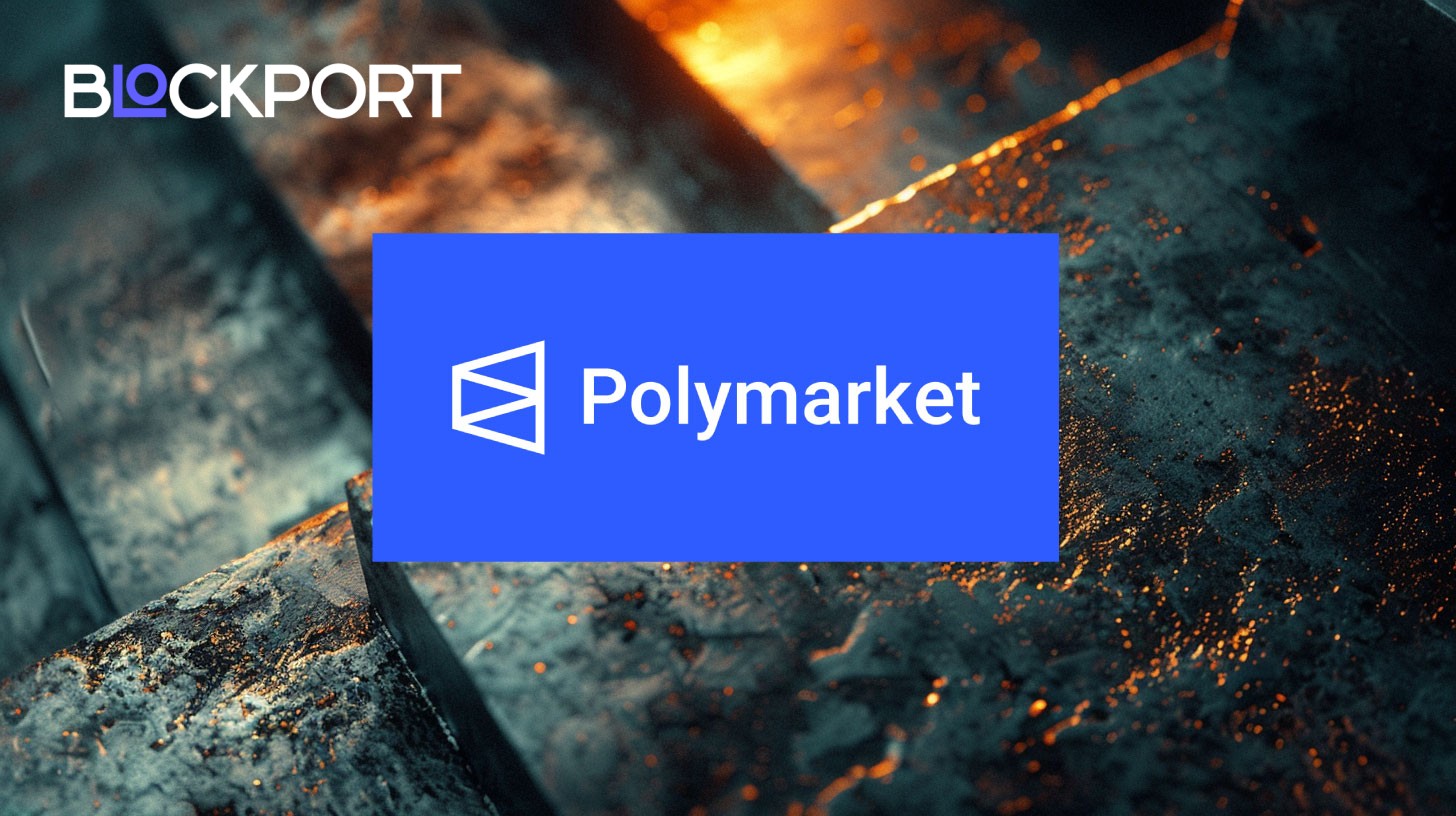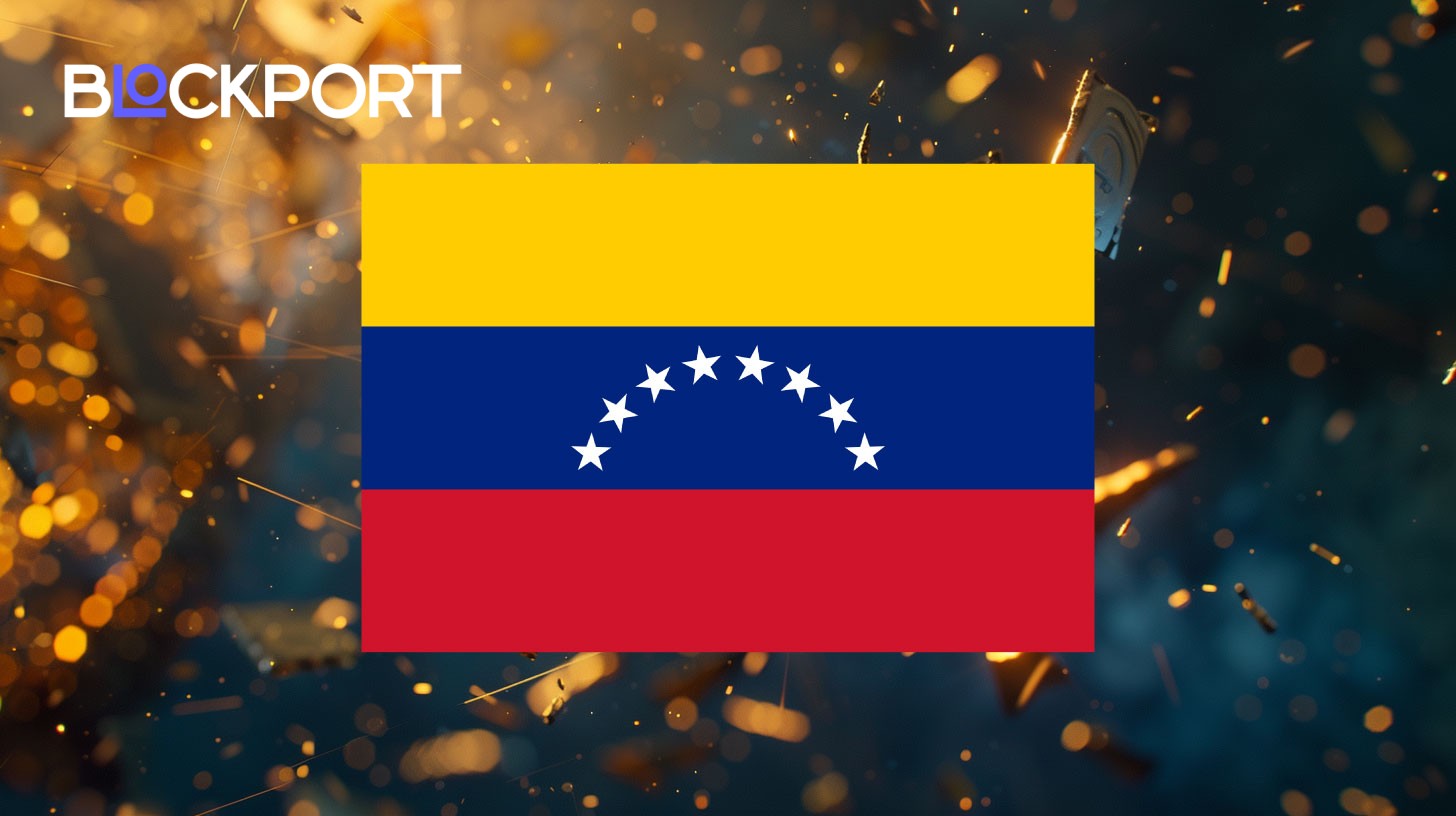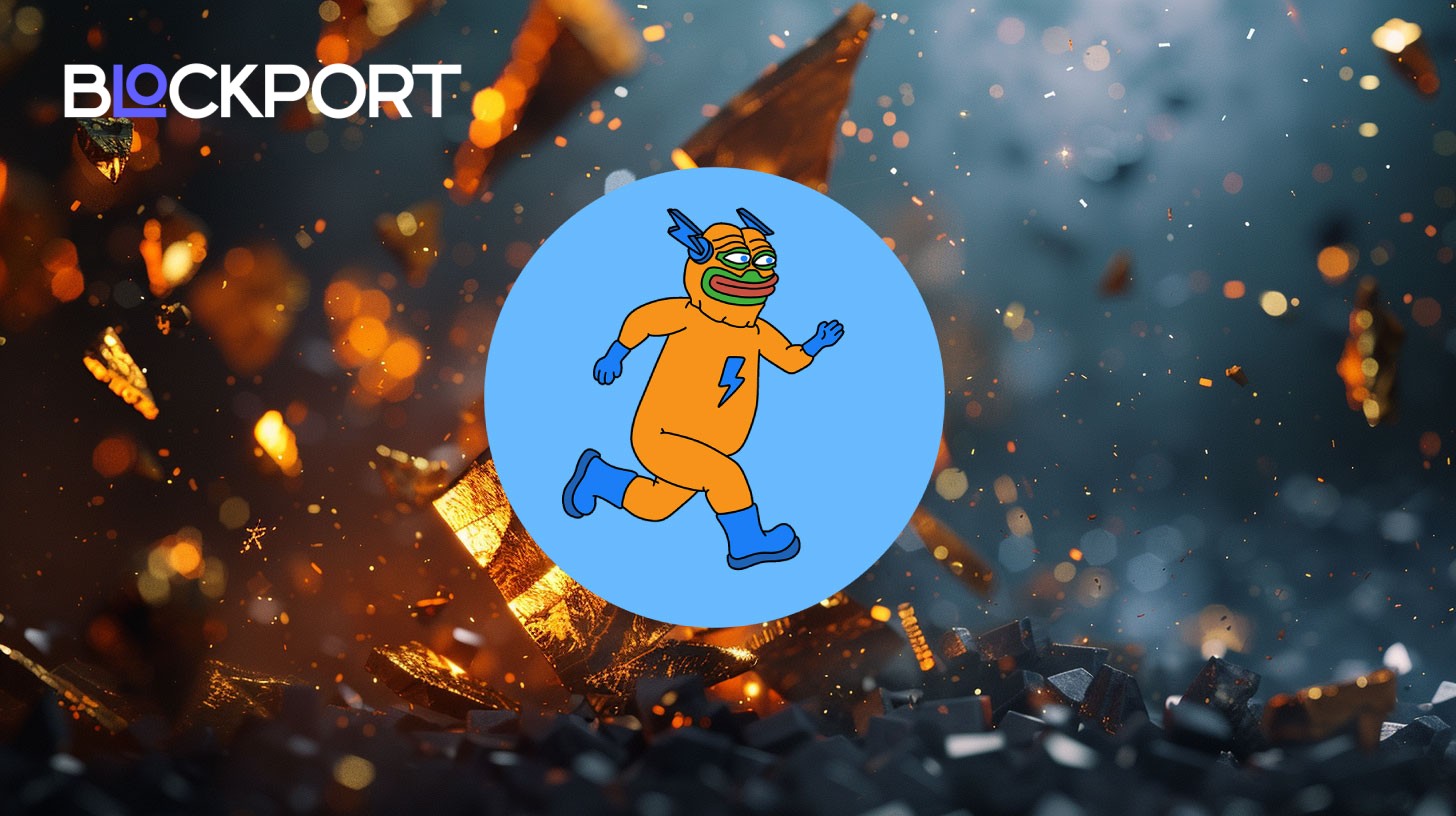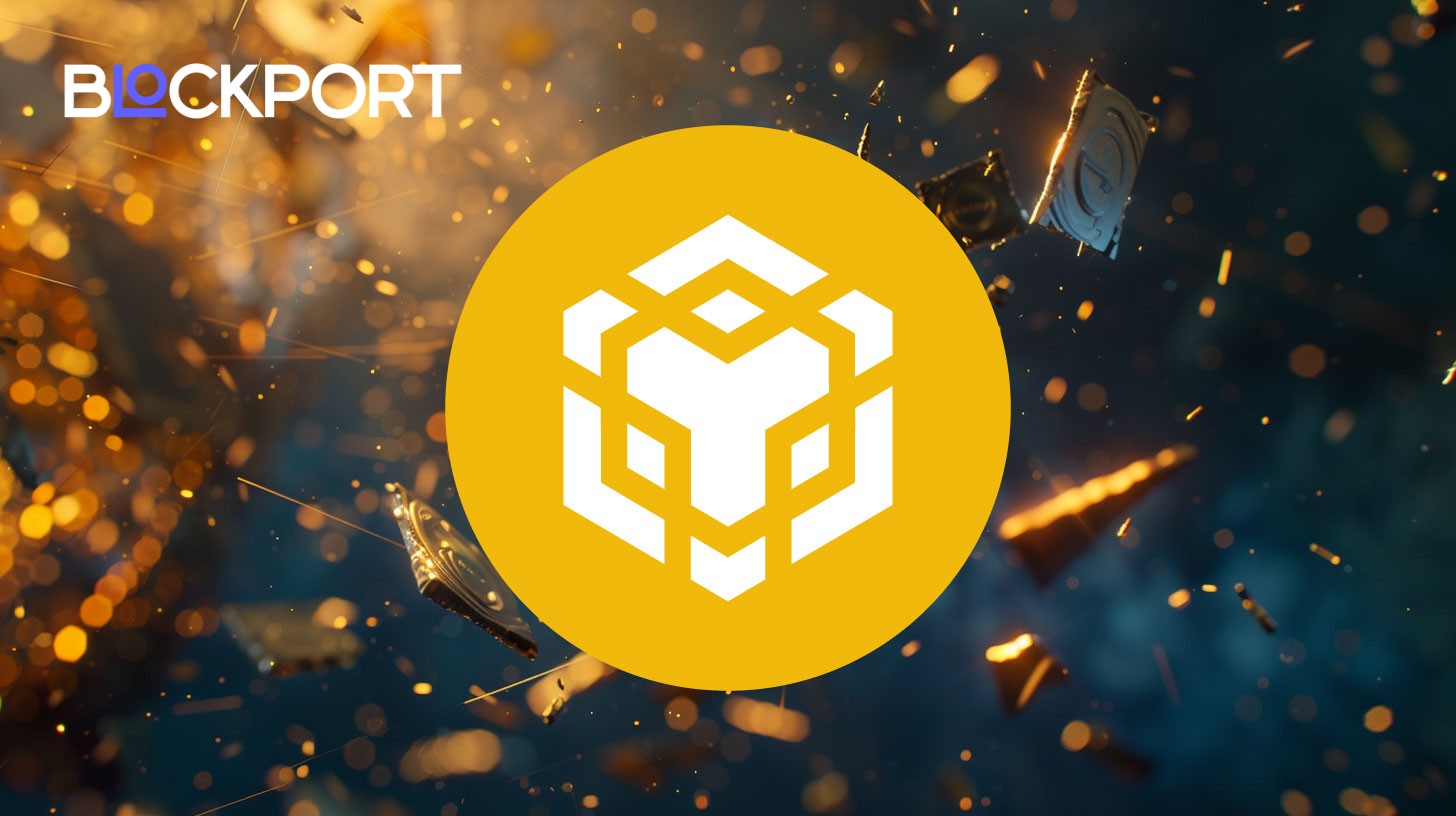Ethereum Hits 1.87M Daily Transactions as USDC and ETFs Drive Demand

Stablecoins and Uniswap trades sent Ethereum transactions to 1.87M on Aug. 5, just shy of the 1.96 M record, signalling fresh demand for the network.
Ethereum processed 1.87 million transactions on 5 August 2025 – its busiest day in 19 months – thanks to booming USDC and USDT transfers and a Uniswap trading rush. The spike puts the chain within 5 % of its all-time high set in January 2024.
Stablecoins, DEX Swaps and Regulatory Tailwinds
Daily Ethereum traffic has almost doubled since New Year’s Day. On-chain data show three clear drivers. First, stablecoins dominate: Circle’s USDC and Tether’s USDT together accounted for roughly 42 % of all transfers last week, moving billions in dollar-pegged value each day.
Second, Uniswap v4 volume exploded, handling more than $12 billion on 5 August alone as traders rotated into new meme-coin pools and bridged assets via cross-chain routers. The DEX now settles one in every eight Ethereum transactions.
Third, policy clarity matters. July’s U.S. GENIUS Act set out a stablecoin rulebook, while multiple spot-ETH ETFs cleared SEC review. Analysts at Glassnode say the news pulled fresh fiat onto exchanges (mostly as USDC) before spilling on-chain.
Layer-2 networks add leverage. Coinbase’s Base and Optimism both use Ethereum for final settlement. Each time users batch withdrawals, they log scores of L2 receipts as single mainnet calls, juicing total count without jamming blockspace.
Rivals feel the heat. Solana clocked 22 million cheap transfers on the same day, yet TVL flat-lined. ETH’s rally to near-record traffic shows high-fee mainnets can thrive if demand for dollar liquidity and token launches stays hot.
Fees stayed tame: average gas hit 21 gwei (cheap by 2021 standards) thanks to EIP-4844 proto-danksharding and more MEV‐boost relays. Traders paid roughly $9.4 million in gas, 40% below last year’s comparable day. The network handled more with less congestion.
What It Means for ETH Holders and Builders
Surging usage lifts the fee-burn rate. Since the London upgrade, Ethereum destroys a base portion of every transaction. At 1.87 million transfers, the chain torched about 4,600 ETH in 24 hours, offsetting one-third of new issuance after the Merge. Extended high traffic can tilt ETH net-deflationary again.
A higher base layer settlement number signals deeper liquidity. Market-makers can clear large transfers on-chain for a few dollars, shrinking counterparty risk. That advantage drew five new ETF issuers – BlackRock among them – to file for tokenized T-bill funds that pay out in USDC.
Low fees revive retail flows too. MetaMask logged 1.2 million daily active users on July 29, the highest since the NFT peak in early 2024. Cheap swaps let smaller wallets farm points on Friend.tech-style social tokens without burning half the value in gas.
For DeFi builders, record settlement unlocks new design space. Chain-level liquidity creates room for flash-lending protocols that need massive, rapid capital shifts. Next upgrades focus on stateless clients, letting phones verify blocks and widen participation even more.
Competitors feel the pressure. Solana’s June outage revived uptime worries, while BNB Chain’s daily settlement plateaued at $190 billion despite zero-fee promos. Investors now talk about “Ethereum plus rollups” as a single settlement ocean, hard for isolated L1s to match.
Buterin’s Chain Advances
Ethereum’s near-record 1.87 million daily transactions prove that stablecoins and DeFi rails still anchor the smart-contract economy. Cheap gas, ETF tailwinds and Uniswap’s flexible design turned routine flows into a milestone moment.
If devs land proto-danksharding and withdrawal-queue cuts on schedule, mainnet could smash the 2 million mark without breaking a sweat, turning fee burn into a structural ETH scarcity trend.
With such a pace, Ethereum could crack Visa-level throughput within eighteen months. For now, the network’s July haul already proves one point: on-chain money is no longer niche, it’s macro-scale.
For Web3 enthusiasts, the takeaway is simple: follow the stablecoin dollars and the DEX swaps. When they sprint, Ethereum sprints – and the whole ecosystem picks up speed.
Content on BlockPort is provided for informational purposes only and does not constitute financial guidance.
We strive to ensure the accuracy and relevance of the information we share, but we do not guarantee that all content is complete, error-free, or up to date. BlockPort disclaims any liability for losses, mistakes, or actions taken based on the material found on this site.
Always conduct your own research before making financial decisions and consider consulting with a licensed advisor.
For further details, please review our Terms of Use, Privacy Policy, and Disclaimer.



























